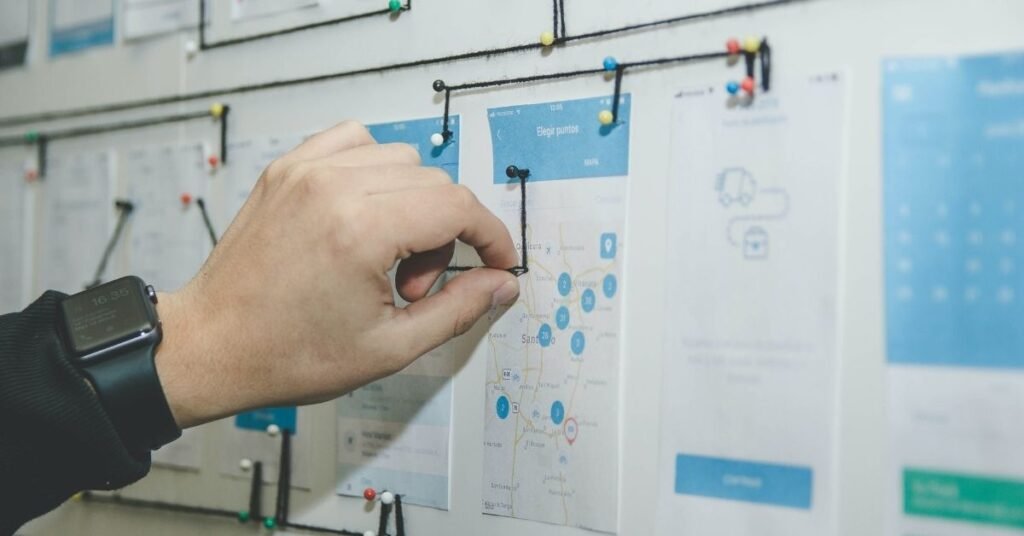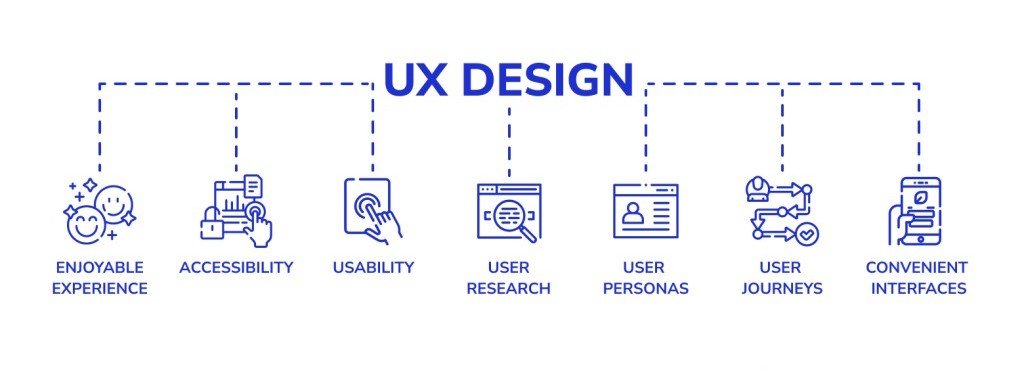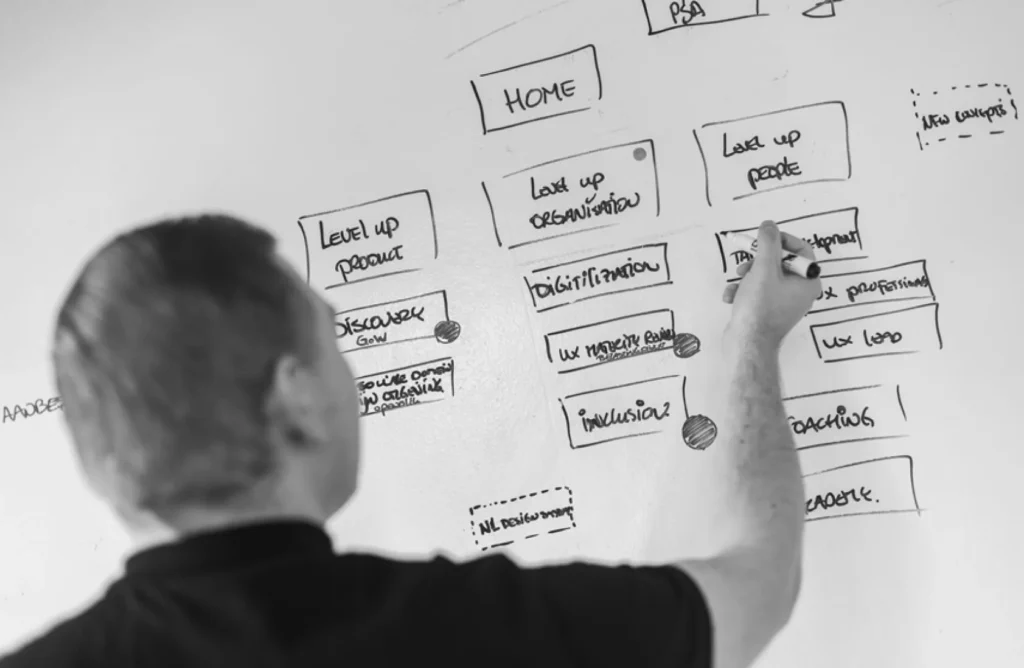Industrial design as a practice, balances aesthetics and functionality. However, there is one element which bridges the gap between a good and a great product—User Experience (UX). In essence, the main principles of UX are centered around creating memorable products for users which enhance their lives. This blog post will highlight how UX principles are seamlessly integrated into the industrial design process and explain why they are crucial for developing functional and beautiful products.
If you are interested in learning about how you can integrate user experience into the design of your product, read about our Human Factors and User Experience Services.

What is User Experience?
User experience, commonly abbreviated to UX, refers to the overall experience a user has while interacting with any product or system. It comprises all touchpoints that exist from the first engagement to daily use, and to post-use interactions. Good UX design ensures that a product not only works but that it is intuitive, enjoyable, and pleasing to use.
Applying Principles of UX in Industrial Design

Understanding the Needs and Context of Users
In-depth understanding of the user’s needs and context is at the root of UX in industrial design. Heavy research has to be done at the beginning of the design process, to understand who the users are, what they need, and how they will use the product. It comprises the following:
-
- User Research: Conducting surveys, interviews, and observations to gain insight on user preferences, behaviors, and pain points.
- Contextual Inquiry: Investigating the environment and the circumstances in which the product is used can turn up critical factors for design decisions.
Designing for Usability and Functionality
Usability is at the core of UX. It ensures that a product is easy to use and satisfies the user’s needs. The main considerations are:
-
- Intuitive Interfaces: Controls and interactions should be simple and self-explanatory, so that users easily learn to use them
- Ergonomics: Ensures that products have a good, comfortable fit in the user’s hand or body. This minimizes strain on the user, and provides comfort while in use.
- System Feedback: Either visual and auditory cues which signal system responses to the user
Aesthetic Appeal
While functionality comes first, aesthetics have a great impact on UX. A well-designed product must be visually appealing and meet the taste of the user. This considers:
-
- Visual Design: Choosing appropriate colours, materials, and form which enhance the look and feel of the product while keeping the functionality in mind.
- Emotional Impact: Aligning with the user’s lifestyle and values, and mirroring positive emotions through design.
Iterative Design and Prototyping
UX design is an iterative process. Early prototypes help designers test and revisit ideas based on real user feedback. This typically contains:
-
- Rapid Prototyping: Production of quick, low-cost models of a product to show different design solutions.
- User Testing: Real users test prototypes and provide feedback, which will help in detecting problems and areas for improvement.
Ensuring Accessibility
Accessibility is essential to UX design. Designing for differing abilities and disabilities not only opens up the market; it also reflects a commitment to inclusivity.
-
- Adjustability: Accommodating to the different needs of users by providing product adjustability.
- Clear Instructions: Ensuring that a diverse range of users can understand instructions and guidelines, by making them clear and direct.
The Role of UX in Product Success
Incorporating UX into the industrial design process ensures that the product will be safe, useable, and attractive. Additionally, it goes a long way in assuring its market success. Products that have been designed with a focus on UX are likely to:
-
- Improve User Satisfaction: Satisfaction is guaranteed for the users if products answer their needs and are pleasing to use.
- Enhance Brand Loyalty: This, in turn, will relate to positive experiences in the form of increased loyalty and returning customers.
- Reduce Support Costs: Designs that are more intuitive reduce customer support needs and troubleshooting.
Conclusion
Applying the tenets of user experience within industrial design is not just a question of solving functionality; it is about creating experiences which speak to users at a deeper level. Designer can develop better products which stand out in the market and enhance the user’s life, by embracing the UX approaches that we listed above. At SurfaceID we believe that when thoughtful UX design meets ingenious industrial design, memorable products are created which seamlessly integrate into the user’s life.
